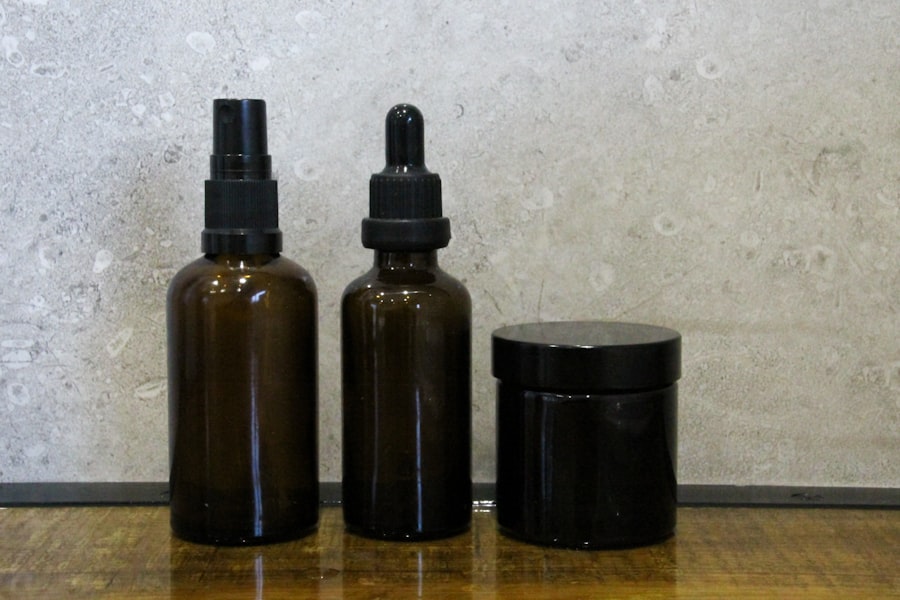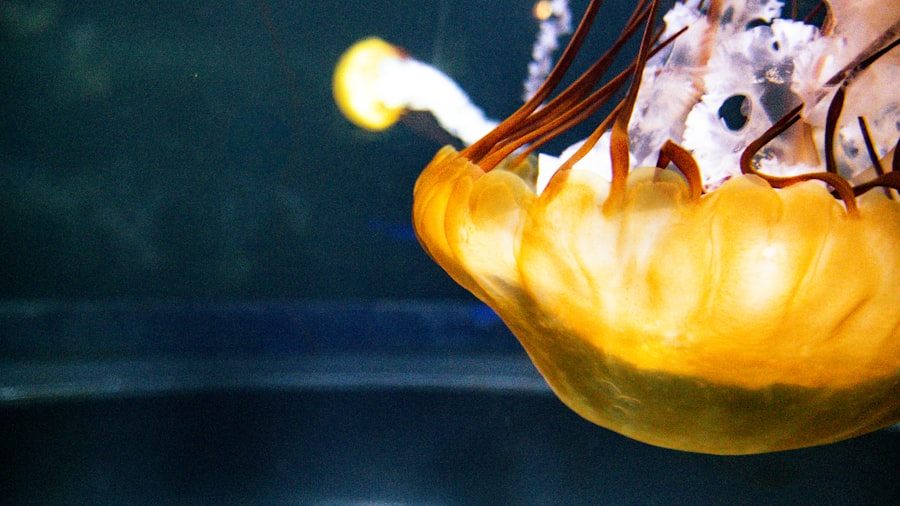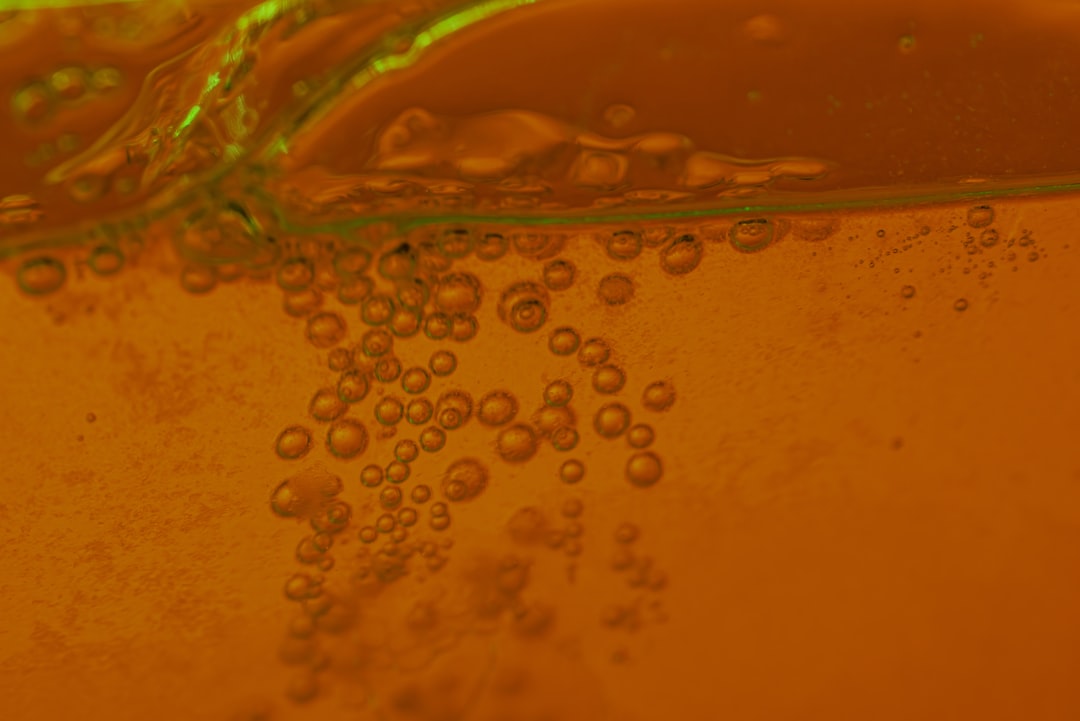As you delve into the intricate relationship between human activity and the environment, one of the most alarming discoveries in recent years has been the presence of polychlorinated biphenyls (PCBs) in the ice of Greenland. These synthetic chemicals, once widely used in industrial applications, have a long-lasting legacy that continues to affect ecosystems far removed from their original sources. The presence of PCB oil in Greenland’s ice serves as a stark reminder of how pollutants can travel vast distances, infiltrating even the most remote and pristine environments.
The discovery of PCB oil in Greenland ice is not just a scientific curiosity; it is a wake-up call for environmentalists, policymakers, and the global community. As you explore this topic, you will uncover the historical context of PCBs, their environmental impact, and the ongoing efforts to mitigate their effects.
Understanding the journey of these chemicals from industrial use to their current state in Greenland’s ice is essential for grasping the full scope of their implications. The urgency of addressing PCB pollution cannot be overstated, as it poses significant risks to both nature and humanity.
Key Takeaways
- PCBs are a type of toxic chemical that have been found in Greenland ice, posing a threat to the environment and wildlife.
- PCBs have a long history of environmental impact and have been linked to negative effects on human health.
- The discovery of PCB oil in Greenland ice has raised concerns about its potential effects on the environment and wildlife.
- Efforts to clean up PCB contamination in Greenland and around the world are crucial for protecting the environment and human health.
- International regulations play a key role in addressing PCB pollution and the importance of monitoring and studying PCB levels in the environment cannot be overstated.
The History of PCBs and their Impact on the Environment
To fully appreciate the significance of PCB oil in Greenland ice, it is crucial to understand the history of these chemicals. PCBs were first synthesized in the late 19th century and gained popularity in the mid-20th century due to their chemical stability and insulating properties. They were widely used in electrical equipment, hydraulic fluids, and various industrial applications.
However, it soon became apparent that these compounds were not only persistent in the environment but also toxic to living organisms.
These chemicals do not break down easily; instead, they bioaccumulate in the food chain, posing risks to wildlife and humans alike.
Fish and other aquatic organisms are particularly vulnerable, as they absorb PCBs from contaminated water and sediment. The impact on biodiversity is profound, with studies linking PCB exposure to reproductive issues, immune system dysfunction, and even cancer in various species. The legacy of PCBs is a cautionary tale about the unintended consequences of industrial progress.
The Discovery of PCB Oil in Greenland Ice

The discovery of PCB oil in Greenland ice was a groundbreaking revelation that shocked scientists and environmentalists alike. Researchers had long suspected that pollutants could travel long distances through atmospheric and oceanic currents, but finding PCBs trapped in ancient ice cores provided concrete evidence of this phenomenon. The ice acts as a time capsule, preserving layers of environmental history that reveal the extent of human impact on the planet.
As you consider this discovery, think about the implications it holds for our understanding of global pollution. The presence of PCB oil in Greenland’s ice indicates that these chemicals have not only infiltrated remote areas but have also persisted for decades, if not longer. This finding underscores the need for comprehensive monitoring and research to assess the full extent of PCB contamination worldwide.
It also raises questions about how climate change may exacerbate the release of these pollutants as ice melts and permafrost thaws.
The Potential Effects of PCB Oil on the Environment and Wildlife
| Effects | Environment | Wildlife |
|---|---|---|
| Water Contamination | Contaminates water sources | Disrupts aquatic ecosystems |
| Soil Contamination | Impacts soil quality | Affects plant growth |
| Air Pollution | Contributes to air pollution | Can harm respiratory systems |
| Impact on Food Chain | Disrupts food chain | Can lead to bioaccumulation |
The potential effects of PCB oil on the environment and wildlife are profound and far-reaching. As you explore this topic, consider how these chemicals can disrupt ecosystems at multiple levels. For instance, aquatic organisms that ingest PCBs may experience altered growth rates, reproductive failures, and increased susceptibility to disease.
These effects can ripple through food webs, impacting not only individual species but entire ecosystems. Moreover, the presence of PCB oil in Greenland ice raises concerns about its impact on migratory species that traverse vast distances between breeding and feeding grounds. Birds and marine mammals that rely on clean habitats may find themselves exposed to contaminated environments as climate change alters their traditional ranges.
The long-term consequences for biodiversity are alarming, as species struggle to adapt to rapidly changing conditions while facing additional stressors from pollution.
The Source of PCB Oil in Greenland Ice
Understanding the source of PCB oil in Greenland ice is essential for addressing this environmental challenge effectively. While PCBs were banned in many countries by the late 1970s due to their harmful effects, they continue to be released into the environment through various pathways. Industrial runoff, improper disposal of electronic waste, and atmospheric deposition are just a few ways these chemicals can enter ecosystems.
As you investigate further, consider how global trade and industrial practices contribute to this issue. Even though PCBs are no longer manufactured in many regions, they can still be found in older equipment and products that remain in use. Additionally, atmospheric transport allows these pollutants to travel thousands of miles from their original sources before settling in remote areas like Greenland.
This highlights the interconnectedness of our global ecosystem and emphasizes the need for international cooperation to tackle PCB pollution.
The Implications of PCB Oil in Greenland Ice for Human Health

The implications of PCB oil in Greenland ice extend beyond environmental concerns; they also pose significant risks to human health. As you reflect on this issue, consider how communities that rely on traditional subsistence practices may be particularly vulnerable to PCB exposure. Indigenous populations in Arctic regions often consume fish and marine mammals that may be contaminated with these harmful chemicals.
Research has shown that exposure to PCBs can lead to a range of health issues in humans, including developmental delays in children, immune system suppression, and increased risk of certain cancers. As climate change continues to alter food sources and habitats, it is crucial to monitor PCB levels in traditional foods consumed by these communities. Ensuring food safety is not just an environmental issue; it is a matter of social justice and public health.
Efforts to Clean Up PCB Contamination in Greenland and Around the World
In response to the growing concern over PCB contamination, various efforts have been initiated both in Greenland and globally to address this pressing issue. As you explore these initiatives, consider how they reflect a commitment to environmental restoration and public health. In Greenland, local authorities have begun assessing contaminated sites and developing strategies for remediation.
Globally, organizations such as the United Nations Environment Programme (UNEP) have been instrumental in promoting awareness and action against PCB pollution. International agreements like the Stockholm Convention aim to eliminate or reduce the release of persistent organic pollutants (POPs), including PCBs. These efforts underscore the importance of collaboration among nations to tackle environmental challenges that transcend borders.
The Role of International Regulations in Addressing PCB Pollution
International regulations play a crucial role in addressing PCB pollution on a global scale. As you examine this aspect, think about how treaties and agreements can facilitate cooperation among countries to combat environmental degradation. The Stockholm Convention is a landmark agreement that seeks to protect human health and the environment from persistent organic pollutants by promoting sustainable practices and encouraging countries to phase out harmful substances.
Additionally, regional agreements can complement international efforts by addressing specific challenges faced by local communities affected by PCB contamination. By establishing guidelines for monitoring, reporting, and remediation, these regulations create a framework for accountability and action. Your understanding of these regulatory mechanisms will deepen your appreciation for the complexities involved in managing global pollution issues.
The Importance of Monitoring and Studying PCB Levels in the Environment
Monitoring and studying PCB levels in the environment are essential components of effective pollution management. As you consider this aspect, reflect on how data collection informs policy decisions and remediation efforts. Regular monitoring allows scientists to track changes in PCB concentrations over time, providing valuable insights into trends and potential sources of contamination.
Moreover, studying PCB levels helps raise awareness about environmental health issues among communities at risk. By engaging local populations in monitoring efforts, researchers can empower them with knowledge about potential hazards associated with PCB exposure. This participatory approach fosters a sense of ownership over environmental stewardship and encourages proactive measures to protect public health.
The Future of PCB Oil in Greenland Ice and the Environment
Looking ahead, the future of PCB oil in Greenland ice remains uncertain but demands urgent attention. As climate change accelerates ice melt and alters ecosystems, there is a pressing need for continued research into how these changes may affect pollutant dynamics. Understanding how rising temperatures influence the release of PCBs from melting ice will be critical for predicting future environmental impacts.
Furthermore, your engagement with this issue can contribute to broader discussions about sustainable practices and pollution prevention strategies. Advocating for cleaner technologies and responsible waste management can help reduce future contamination risks while promoting healthier ecosystems. The future depends on collective action—individuals, communities, governments, and organizations must work together to address PCB pollution comprehensively.
The Need for Continued Action to Address PCB Pollution
In conclusion, the presence of PCB oil in Greenland ice serves as a powerful reminder of humanity’s impact on the environment and underscores the urgent need for continued action against pollution. As you reflect on this issue, consider how interconnected our world is—pollutants do not recognize borders or boundaries; they affect ecosystems globally. Addressing PCB contamination requires a multifaceted approach that includes regulation, monitoring, community engagement, and international cooperation.
The journey toward a cleaner future begins with awareness and education about the risks associated with PCBs and other persistent pollutants. By advocating for sustainable practices and supporting efforts to remediate contaminated sites, you can play a role in protecting both human health and the environment. The time for action is now; we must work together to ensure that future generations inherit a healthier planet free from the burdens of pollution.
Recent studies have highlighted the alarming presence of PCB oil in Greenland’s ice, raising concerns about the long-term environmental impact and the potential for these pollutants to enter the food chain. For a deeper understanding of how such pollutants can affect ecosystems and the broader implications for climate change, you might find this article insightful. It delves into the historical context of industrial pollutants and their persistent nature in cold environments like Greenland.
WATCH THIS! Greenland’s Ice Is Hiding A Nuclear Time Bomb
FAQs
What is PCB oil?
PCB oil refers to polychlorinated biphenyls, which are a group of man-made organic chemicals that were widely used in electrical equipment, hydraulic fluids, and other industrial applications. PCBs are known for their persistence in the environment and their potential to cause harmful effects on human health and the environment.
How does PCB oil end up in Greenland ice?
PCBs can travel long distances through the atmosphere and are known to be transported to remote regions such as the Arctic. Once in the atmosphere, PCBs can be deposited onto the surface of ice and snow, where they become trapped and preserved over time.
What are the potential impacts of PCB oil in Greenland ice?
The presence of PCBs in Greenland ice can have negative impacts on the environment and human health. PCBs are known to bioaccumulate in the food chain, posing a risk to Arctic wildlife and indigenous communities that rely on traditional diets. Additionally, the release of PCBs from melting ice due to climate change could further contribute to environmental contamination.
How is the presence of PCB oil in Greenland ice studied and monitored?
Scientists study the presence of PCBs in Greenland ice by collecting ice core samples and analyzing them for the presence of PCBs and other contaminants. Monitoring programs are in place to track the levels of PCBs in the Arctic environment and to assess the potential risks to human health and the ecosystem.
What measures are being taken to address the issue of PCB oil in Greenland ice?
International agreements such as the Stockholm Convention on Persistent Organic Pollutants aim to reduce and eliminate the production and use of PCBs. Additionally, efforts are being made to raise awareness about the potential impacts of PCB contamination in the Arctic and to develop strategies for mitigating the release of PCBs from melting ice.
